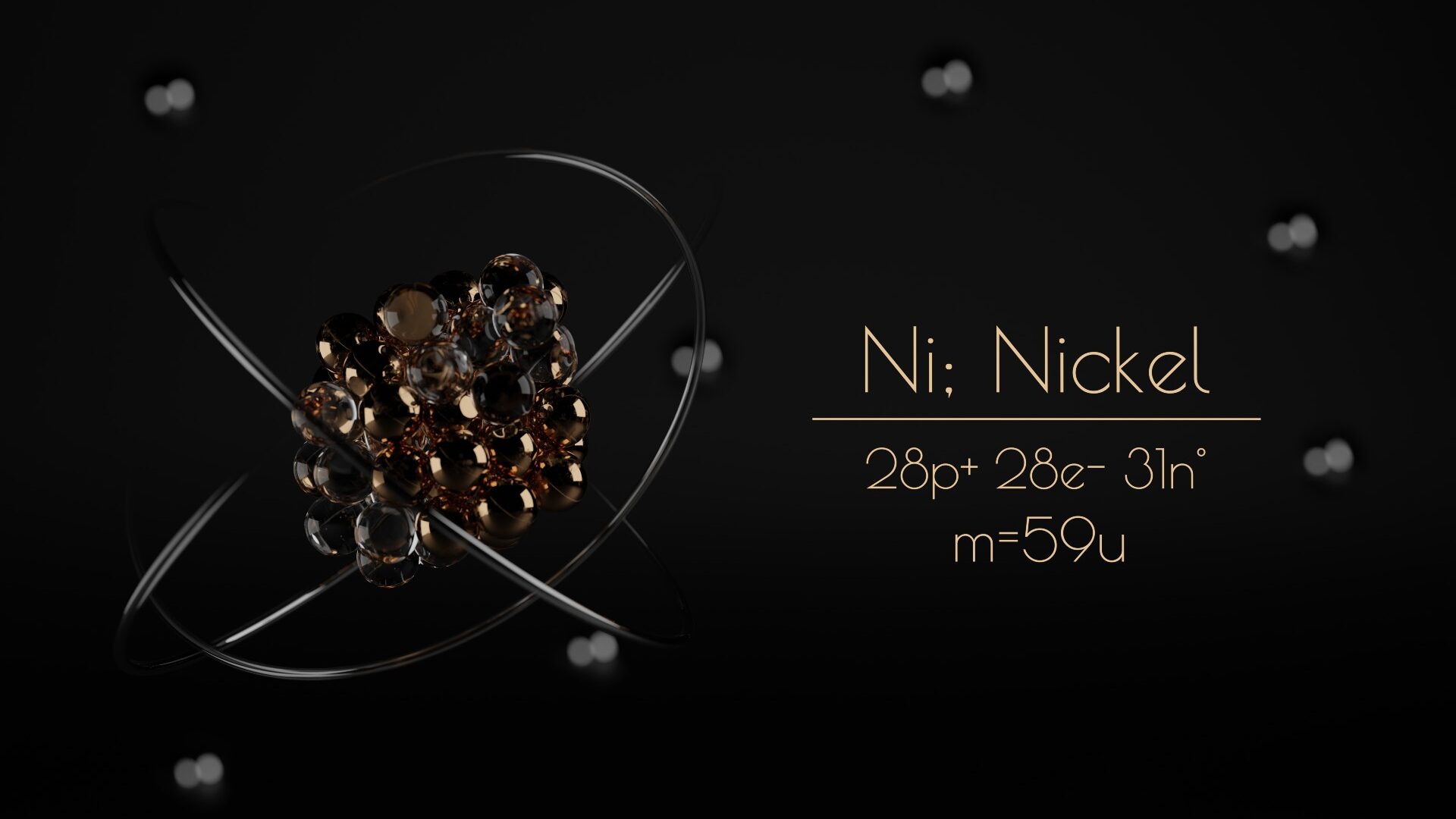
Nickel is a chemical element with the symbol Ni and atomic number 28. It is a silvery-white lustrous metal with a slight golden tinge. Nickel belongs to the transition metals and is hard and ductile.
Axel Fredrik Cronstedt discovered Nickel in Sweden in 1751. It was contained in a mineral named “kupfernickel,” German for “Devil’s copper.” This mineral was valued at the time for coloring glass green. Much earlier – around 1500 B.C. – the Chinese referred to “white copper” (baitong), which is thought to be an alloy of nickel and silver.
Nickel is the fifth-most-abundant element on (and in) earth and one of the most widely used metals on the planet. According to the Nickel Institute, the metal is used in over 300,000 different products. Most often it is found in steels and metal alloys, but it is also used in the production of batteries and permanent magnets. It is one of only four elements that are magnetic at or near room temperature; the others being iron, cobalt and gadolinium. Its Curie temperature is 355°C (671°F), meaning that nickel is non-magnetic above this temperature.
Pure nickel is reactive with oxygen but becomes very stable when combined with iron, and its most common use is in corrosion-resistant stainless steel. In fact, 65% of all nickel is used as an alloy of stainless steel. For example, 300 series (austenitic stainless steels) are non-magnetic and contain high percentages of chromium and nickel (and relatively low levels of carbon). They are important for their form ability and resistance to corrosion.
Benefits: N/A
Purchase Your Nickel Electrodes From Biophysica Today!
It is always best to notify a doctor at the first sign of any infection to avoid possibly serious complications. By working directly with the doctor, most infections can easily be treated.
